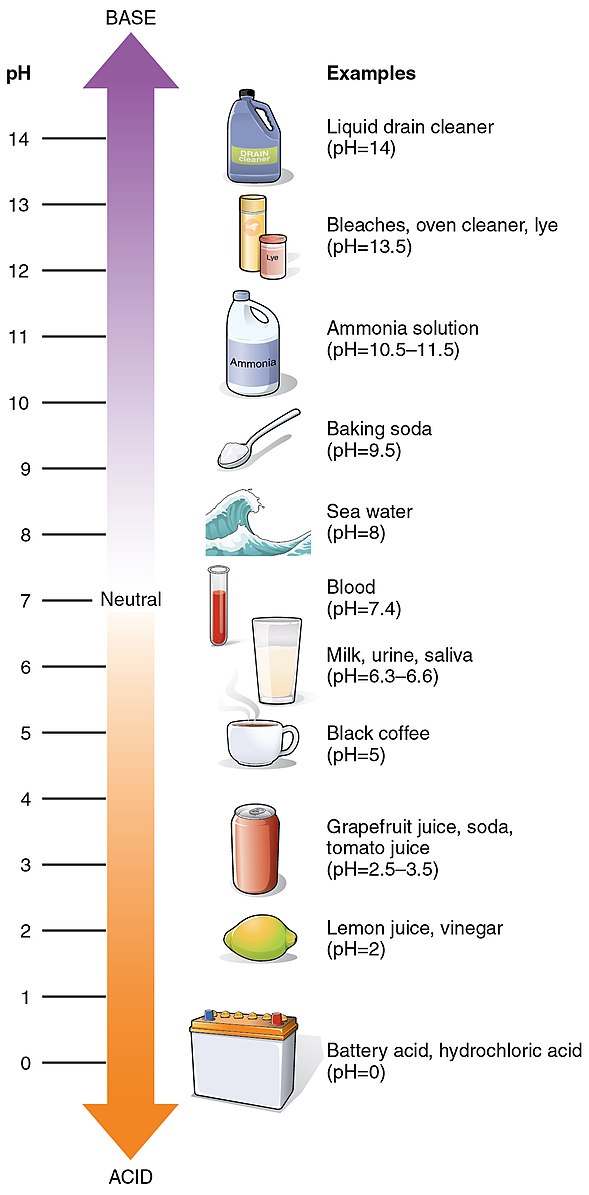The pH value of iodine water is a critical factor that affects its chemistry and disinfection properties. Understanding the impact of pH on iodine water is essential for ensuring its effective use as a drinking water disinfectant.
The Role of pH in Iodine Water Chemistry
When iodine is added to water, it undergoes hydrolysis, a pH-dependent process that forms hypoiodous acid (HIO) and iodide (I-). The overall stoichiometry of this reaction between pH 2 and 7 is crucial in determining the speciation of iodine in the water.
Iodine Speciation and pH
The pH value significantly impacts the speciation of iodine in water, which in turn affects its disinfection power. At pH values below 7, the proportion of elemental iodine and hypoiodous acid increases, making iodine more effective as a disinfectant. Conversely, at higher pH levels, the proportion of iodide (I-) increases, reducing the disinfection efficiency.
To use iodine most effectively as a disinfectant, the pH should be near neutral to mildly alkaline (pH 7-7.5) to allow adequate levels of both elemental iodine and hypoiodous acid.
The Impact of pH on Iodine Disinfection
 Image source: OpenStax College
Image source: OpenStax College
The pH of iodine water plays a crucial role in its disinfection properties. Studies have shown that the production of molecular iodine (I2) can be affected by the pH of the solution, with lower pH leading to a higher rate of radiolytic oxidation of iodine and the formation of the thermally stable form, IO3-.
In contrast, high pH results in a lower rate of radiolytic oxidation, and the thermally stable form is IO3-. This pH-dependent speciation of iodine directly impacts its disinfection capabilities.
Contaminants and Chemicals in Iodine Water
The World Health Organization (WHO) document on iodine as a drinking-water disinfectant discusses the presence of free halogen residuals in iodine water. These residuals can produce tastes and odors in potable water, and their threshold values do not vary significantly with pH, ranging from 0.147 to 0.204 mg/L.
Balancing the pH of Iodine Water
To optimize the pH of iodine water, appropriate acidic or basic substances can be added. If the pH is too high, a small amount of acid (e.g., hydrochloric acid) can be added to lower the pH. Conversely, if the pH is too low, a base (e.g., sodium hydroxide) can be added to raise the pH.
However, it is crucial to ensure that the added substances do not introduce other contaminants or interfere with the disinfection properties of iodine.
Conclusion
In summary, the pH of iodine water is a crucial factor that affects its chemistry and disinfection properties. To optimize iodine’s disinfection power, the pH should be maintained in the neutral to mildly alkaline range (pH 7-7.5). Contaminants and chemicals present in iodine water, such as free halogen residuals, can impact its taste and odor, and balancing the pH requires careful consideration of the added substances.
References:
– Iodine as a drinking-water disinfectant – World Health Organization (WHO) [https://cdn.who.int/media/docs/default-source/wash-documents/wash-chemicals/iodine-02032018.pdf?sfvrsn=4d414c11_5]
– How does pH affect the chemistry of iodine? – Typeset.io [https://typeset.io/questions/how-does-ph-affect-the-chemistry-of-iodine-dr32fawmzp]
– The chemistry of iodine has been examined in aqueous solutions of … [https://www.osti.gov/biblio/5334892]
